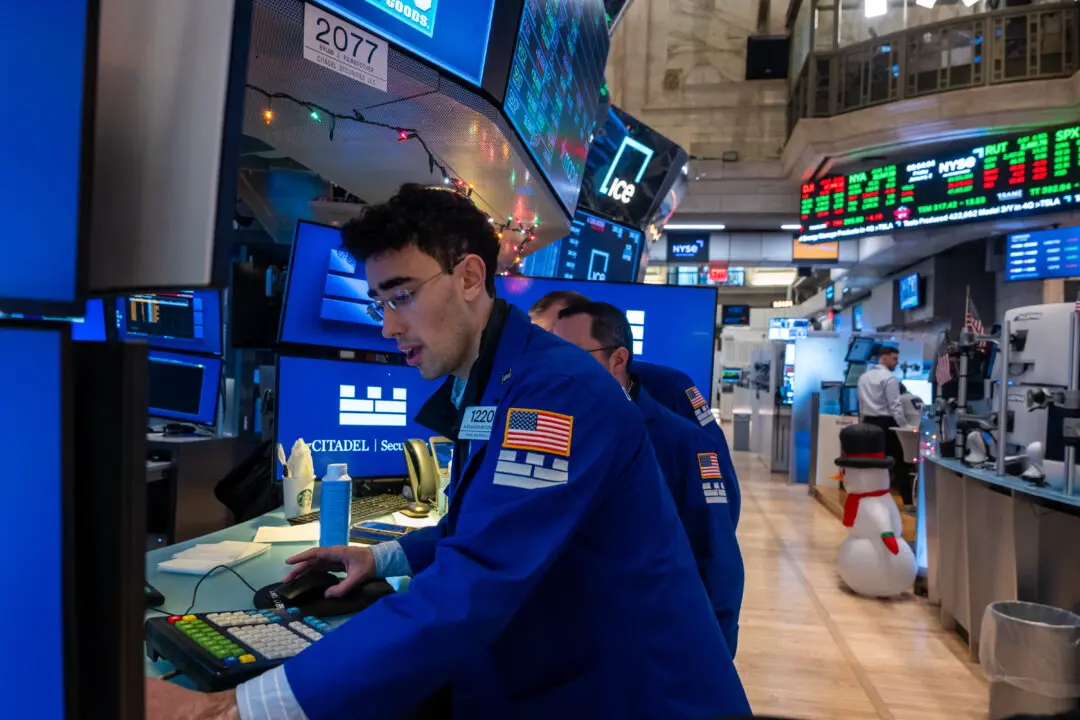Commentary
One of the most important disciplines in investing, whether personally or professionally, is to look back on investments made and take stock not just of how they performed but why. What decision-making or other avoidable errors led to bad outcomes? What lessons can be learned so that any future mistakes are new and better ones, not the same ones made before?





